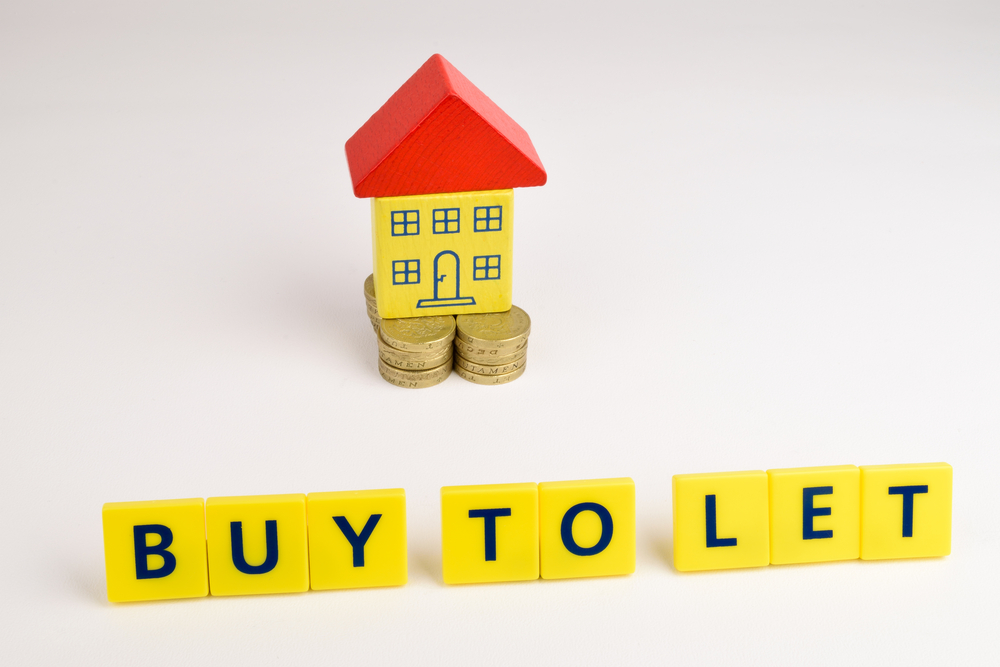 Buy-to-let returns have far exceeded gains seen in the stock market over the past year, new figures show.
Buy-to-let returns have far exceeded gains seen in the stock market over the past year, new figures show.
According to the Property Partner Residential Market Index, landlords in England and Wales saw their returns on buy-to-let property go up 9.6% over the past year, with London seeing a rise of a whopping 16.5%. Over the same period the FTSE 100 share index fell by -3.9%.
However, across the country the picture was more mixed. In the North East returns on buy-to-let rose by 2.57%, while in Yorkshire and Humberside there was a 4.51% increase.
The figures show that a majority of income came from gains in the value of property rather than through rents.
Rob Weaver, Property Partner’s director of property, said: “Total returns for residential property crept up to 9.6% in the year to March, as investors rushed to beat April’s stamp duty deadline.
“This was especially true of London, where annual returns were in double digits, reaching an eye-watering 16.5%. The East was strong too, and from first-hand experience the Northern Powerhouse regeneration plan is boosting investment activity in the North West and in particular Manchester.
“Monthly figures can be volatile, but what’s clear is that regional disparities in the housing market are widening, with Yorkshire and Humberside and the North East regions looking fragile.
“Investors are understandably showing caution ahead of the EU referendum. But the fundamentals – high employment, wage growth, cheap borrowing and the chronic shortage of supply – remain in place and are positive.”
Stamp duty surge
Buy-to-let house purchases increased by more than 180% from February to March as buyers rushed to beat the stamp duty deadline, according to the Council of Mortgage Lenders.
There was a total of 162,000 homes sold in March, 60,000 above the expected amount for this time of year, the CML said. The buy-to-let surge accounted for around 20,000 property transactions.
The 3% stamp duty increase, which came into effect on 1 April, is part of the government’s attempt to curb the buy-to-let market and free up property for first-time buyers. The basic rate of tax relief landlords can claim on properties is also set to fall to 20% from April 2017.
Mohammad Jamei, CML economist, said: “Our understanding is that approved applications that were in the pipeline were squeezed to complete before the stamp duty deadline, as opposed to seeing a big increase in new applications being approved in March. As a result, it is very likely that we will see lower activity levels in the next few months, which ties in with early data we have collected for April, showing a marked drop-off in lending.
“We estimate that there will be an average of 10,000 fewer mortgage transactions in April, May and June, which would largely offset the increase in mortgaged transactions that came through in March.
“And just as the dust begins to settle on this stamp duty change, we’re likely to see further distortion caused by June’s EU referendum, which is already weighing on sentiment and affecting commercial property transactions and the wider economy. It is likely to feed into the residential property market, too. It may be that we have a housing market of two halves in 2016 – but we’ll just have to wait and see.”




